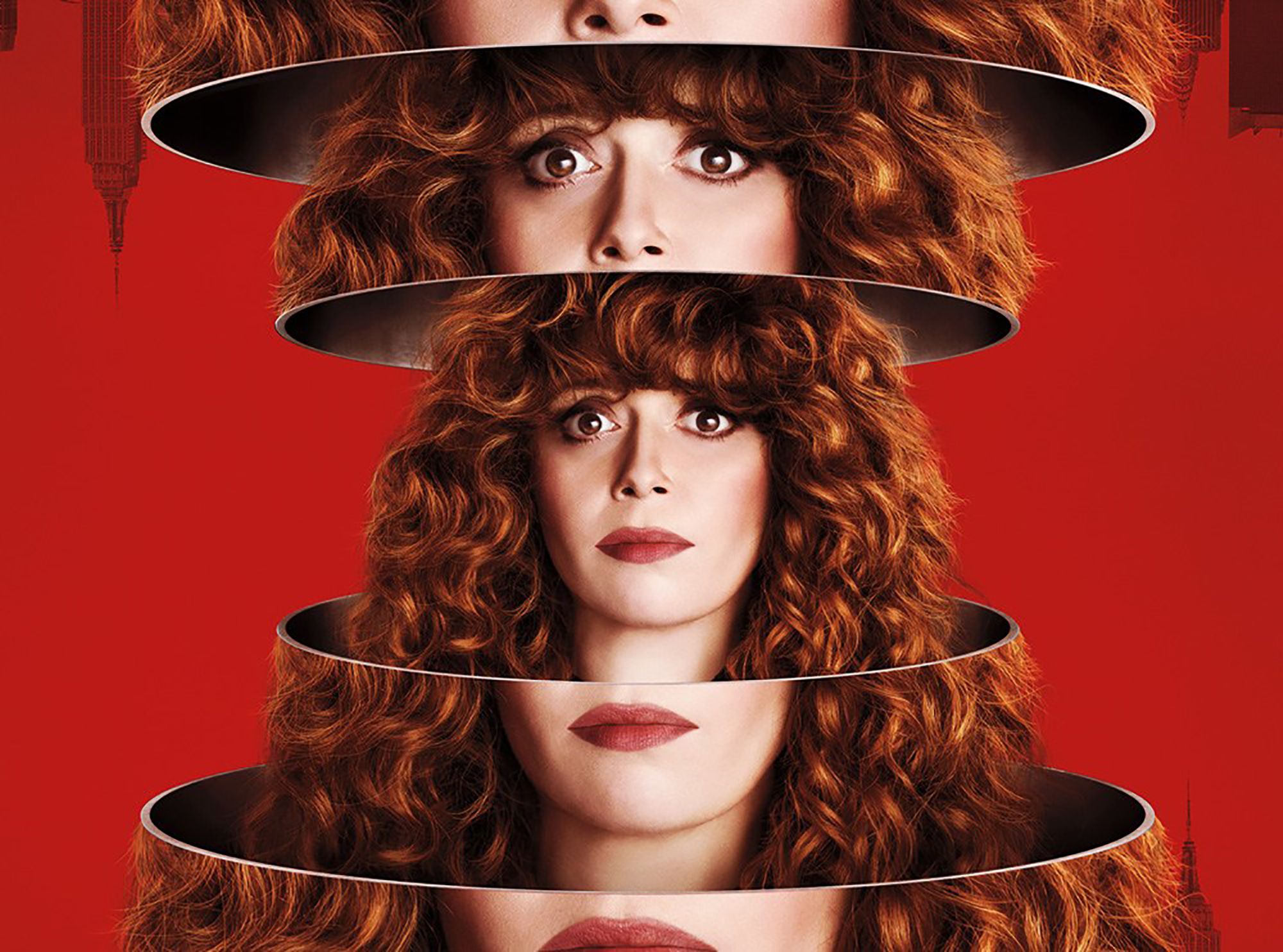When Russian Doll first premiered on Netflix, honestly, I I figured, it’ll be just passing fancy everyone would soon forget. I got snowed under by work and didn’t even pay attention to the rave reviews it got, or that everyone on the internet seemed to be obsessed with it. Then a strange illness forced me to stay in bed for a week with nothing to do but watch Netflix and feel miserable, so I watched. It turns out Russian Doll truly does live up to the hype.
Created by three women: Amy Poehler, Leslye Headland and Natasha Lyonne, who also stars as the lead, Russian Doll is unlike anything I’ve ever seen before. The story centers on Nadia, played by Lyonne, a self-destructive, alienating, complicated video game designer who, upon bailing on her 36th birthday party to chase after her elusive cat Oatmeal, gets hit by a car and dies, only to find herself back at her birthday party, stuck on a loop of reliving her night over and over again, as she dies over and over again.
Part sci-fi, part comedy/drama and part mystery, Russian Doll excels because it knows exactly what story it wants to tell and how to tell it. It’s also peppered with zany, quippy dialogues that are relatable and funny, plus Natasha Lyonne is equal parts charming and equal parts devastating in her role as Nadia. She is the perfect female protagonist – aka Strong Female Lead – that producers are looking for on TV right now. You know, the one who actually feels like a real woman, who is three-dimensional, complex, and can sometimes be both a cautionary tale and an inspiration.
Russian Doll may sound like just another Groundhog Day, that 90s classic in which Bill Murray lives the same day over and over again. And yes, in a way, it is. But in my opinion, this is better, because although just like Groundhog Day, the only way for Nadia – and then after a few episodes [spoiler alert] Alan – to get out of the loop is through self-improvement, Russian Doll does not oversimplify Nadia’s (or Alan’s) transformation over the course of eight episodes. It takes us on their journey as they try to piece the puzzle together and solve the mystery of their shared condition.
Like Murray’s character, Nadia is flawed, tragic, self-destructive and she – sometimes quite literally – pushes the people she actually needs away from her. Nadia doesn’t become a better person because of the loop, instead she tries to solve the mystery of the loop and in the process evolves into someone different. Is she a better person in the end? The show doesn’t really explain that. But at the very least, thanks to the loop, she becomes aware of who she is and what she needs. And somehow that’s enough.
The best part of this show is that it never drones on and on, every episode ends exactly when it needs to, when the story it wants to tell needs to end. This is refreshing in an era when TV episodes have become so bloated and full of needless exposition that you really do spend about half your time watching them looking at your iPhone. The ending also surprises you by being so sincere, upbeat and hopeful, a rare change of tone from the shows we’re used to get these days, from Black Mirror to Bojack Horseman.
So this weekend, instead of searching for yet another Instagrammable cafe you haven’t sampled yet, how about just stay in, chill out and binge the whole season of Russian Doll with your bestie? I promise, it will be worth your while.
Illustration by Digital Spy







Comments